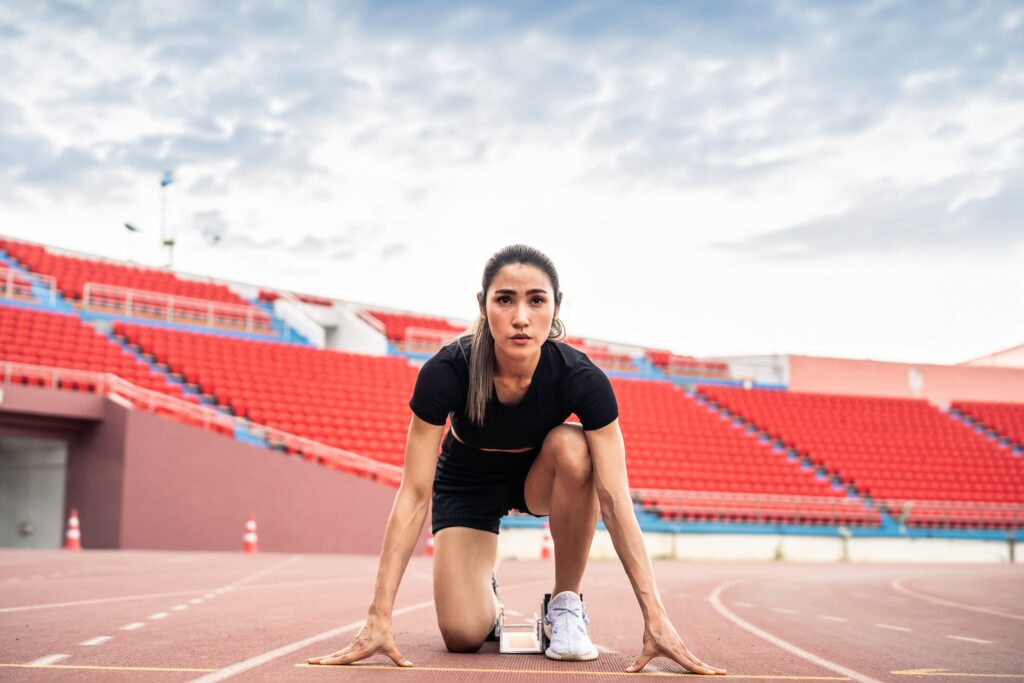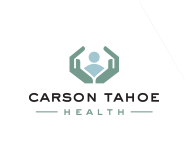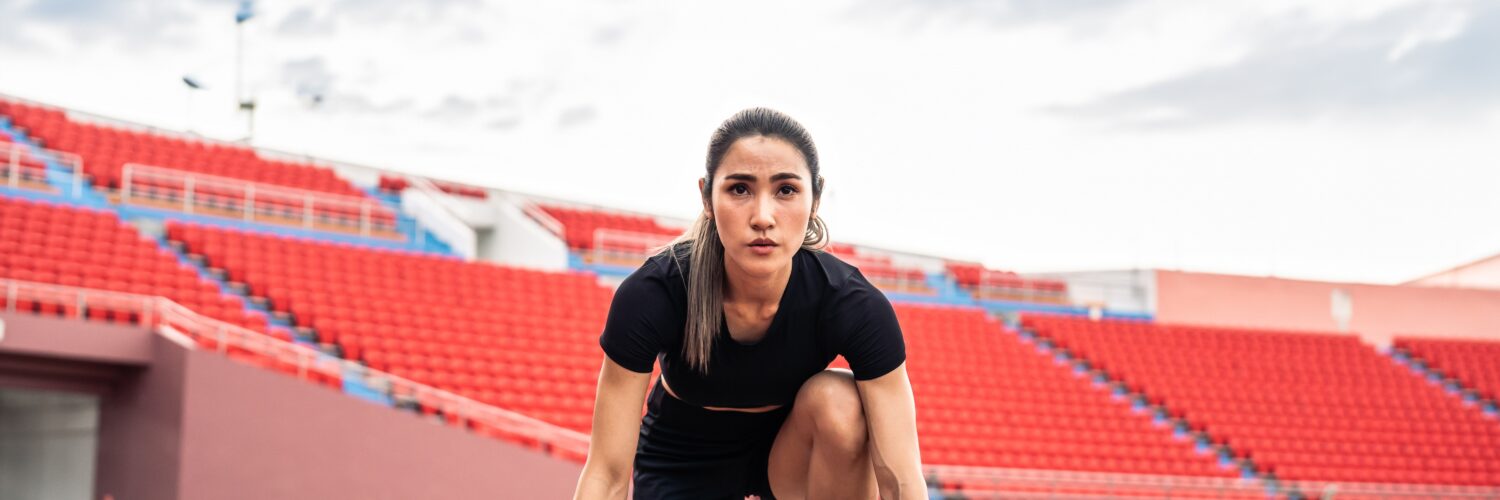
The benefits of sports participation, including physical, emotional, and social development, typically outweigh the risk of injury for children. However, keeping kids safe and as injury-free as possible matters, too. Learning how you, your child’s coach, and your child can prevent sports injuries means kids can continue their sports journey—carefully and safely.
Common Youth Sports Injuries
Children are more susceptible to sports injuries than adults because their bones, tendons, ligaments, and muscles are still growing. Injuries can happen in any activity, but sports that involve repetitive motion or intense physical contact put athletes at higher risk of getting hurt. Luckily, over 50% of youth sports injuries are preventable with the proper precautions. Common youth sports injuries include:
- Ankle and knee injuries. Sports involving running, jumping, or sudden changes in direction commonly cause ankle and knee injuries, such as a sprained ankle or torn ACL.
- Stress fractures. These tiny cracks in bones result from overuse and occur in running sports, such as track or cross-country.
- Achilles tendon injuries. This tendon connects the calf muscles to the heel bone and can become strained or even torn, especially in sports such as basketball or gymnastics.
- Heat-related illness. Although not an injury per se, heat-related illness is common in youth sports. Ensure kids stay hydrated, and keep an eye on them as they work out and play sports during the hottest months of the year.
Young athletes are also especially vulnerable to injuries in their growth plates, areas that extend from long bones but are still developing tissue. Since the bones of children and adolescents are still growing, growth plate injuries require careful treatment to avoid complications later.
The Dangers of Overuse Injuries
Overuse injuries occur when athletes engage in repetitive movements without adequately resting their bodies between practices and games. They’re prevalent in sports, including swimming, baseball, and tennis, where the same muscle groups are used repeatedly.
Coaches and parents must stay vigilant and remind young athletes to report any discomfort early to prevent minor issues from becoming serious injuries.
Emphasizing rest and recovery helps prevent overuse injuries. If an overuse injury occurs, a well-designed rehabilitation program can help young athletes recover fully and prevent further injury by strengthening the injured area and improving flexibility.
A Playbook for Preventing Sports Injuries
Here are some steps athletes, parents, and coaches can take to minimize the risk of sports injuries:
- Warm up and stretch. Before practice and games, athletes should perform stretches and warm-up exercises to prepare their muscles for physical activity.
- Use proper equipment. Wearing the appropriate protective gear—and ensuring it fits and functions correctly—such as helmets, shin guards, and pads, can significantly reduce the risk of injury, especially in contact sports.
- Strength and conditioning. Building muscle strength can help athletes avoid injury. Resistance training also strengthens tendons, ligaments, joint cartilage, and connective tissue.
- Rest and recovery. The risk of injury increases if young athletes play through pain or fatigue. Coaches and parents should encourage rest days and off-seasons for healing. If an injury occurs, a structured physical therapy or rehabilitation program can help kids get back in the game.
- Education and awareness. Teach athletes about the risks of overuse injuries and the importance of reporting discomfort early. Coaches and parents should also be aware of the symptoms of common sports injuries and when to seek medical care.
- Diversification of sports. Specializing in one sport year-round can lead to overuse injuries, so encourage participation in various sports involving different movements and muscle groups.
The Role of Sports Medicine and Orthopedics
When injuries do occur, timely intervention is critical. Specialists in sports medicine and orthopedics are trained to diagnose and treat sports-related injuries, including stress fractures, tendon injuries, and sprains. Their expertise and care ensure that young athletes receive the best possible treatment, helping them recover and get back to playing and practicing.
Balance Safety and Fun
Being part of a sports team is one of the best ways for children to stay active, build friendships, and develop life skills. By prioritizing injury prevention and proper treatment, sports can remain a positive and rewarding experience for young athletes.
If you have questions about sports-related injuries and how to prevent them, make an appointment with a Carson Tahoe Health provider.







